If you’re reading this, it is highly likely that you too got bitten by the collecting bug. It is the match that lights up hearts like a Christmas tree, gives a warm fuzzy glow, sets the mind racing, and makes some of us go more than a little crazy.
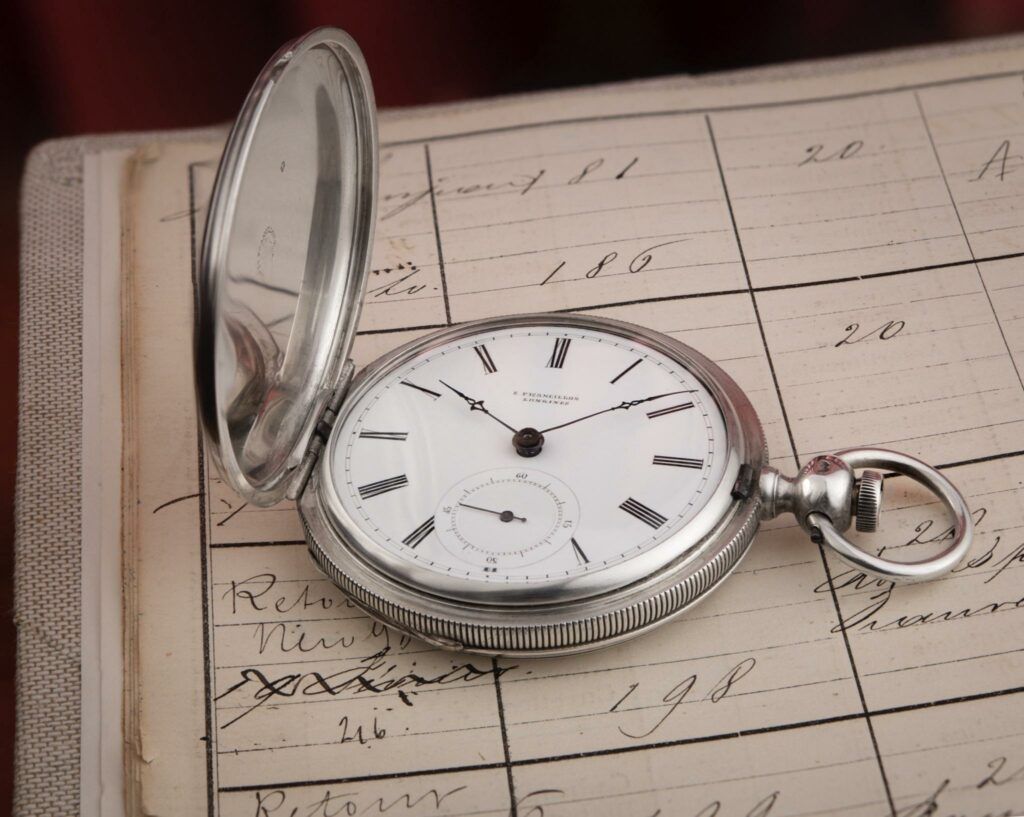
Little wonder the Indiana Jones movie series appeals to so many. Every collector seeks to discover, chase and hopefully find their own so-called Holy Grail.
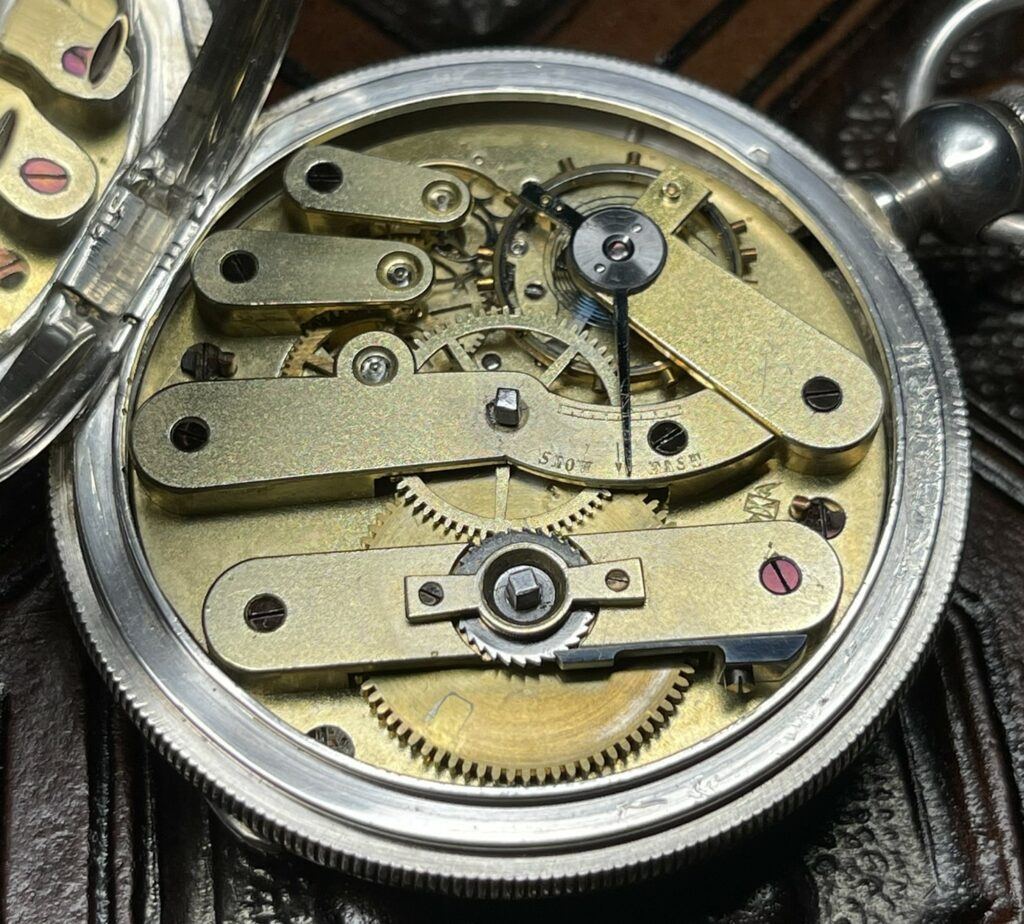
To this end, a collector might be fortunate to unearth an exquisite rarity or a milestone in a watch maker’s history – even their earliest known creation. One example that I was privy to early on was the discovery of the world’s oldest known Longines watch through the research and the eagle eye of a passionate Longines collector (@Seiji_Lépine).
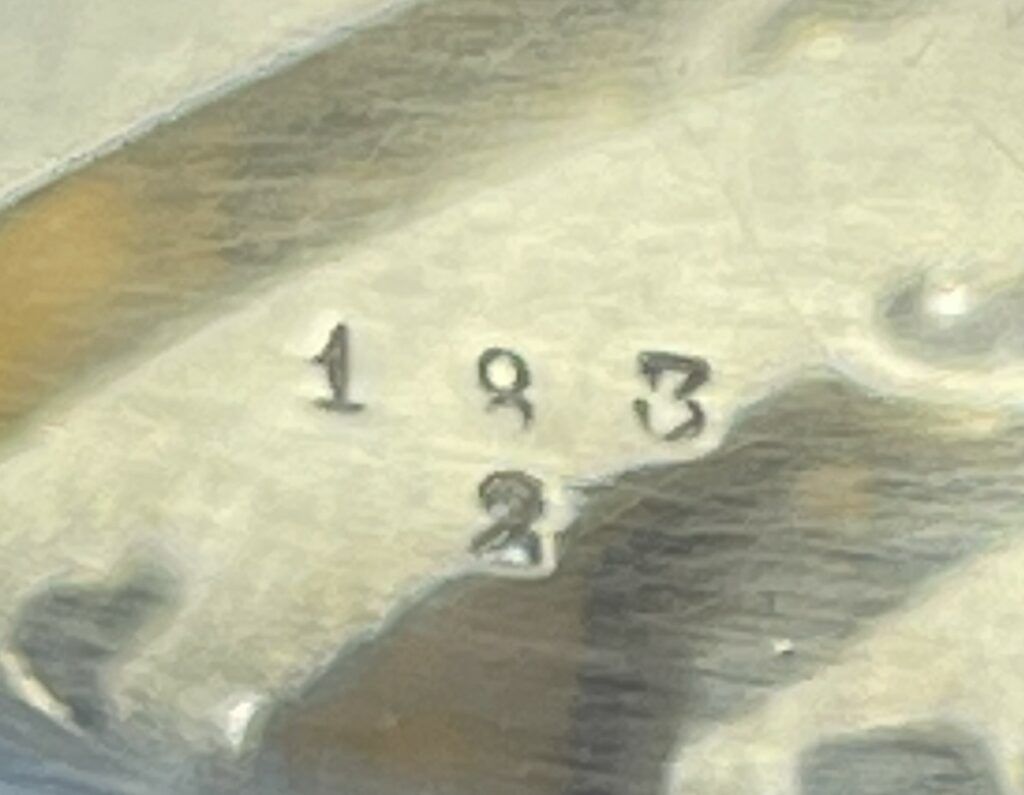
Seiji’s archaeological dig unearthed an exceptional Longines silver pocket watch creation with serial number 183. The piece is noted in the St Imier maker’s archive production register as being sold to Henry Grosjean on October the twenty third, 1867. The watch born 150 plus years ago has a perfect grand feu Flückiger enamel dial and uses the Augustus Agazziz 4, (AA4) caliber. This exquisite rarity discovered resting in France by Seiji is the oldest known Longines discovered in the world. Consequently, it is one of the rarest and most valuable known Longines watches.

By 1930, some sixty plus years later Longines had produced an incredible five million watches, with each watch carrying a unique serial number representing an individual creation heralding from the St Imier maker. That event played out in slightly larger numbers for Omega, Waltham, Elgin and smaller numbers for most other watch manufacturers alive at this time.
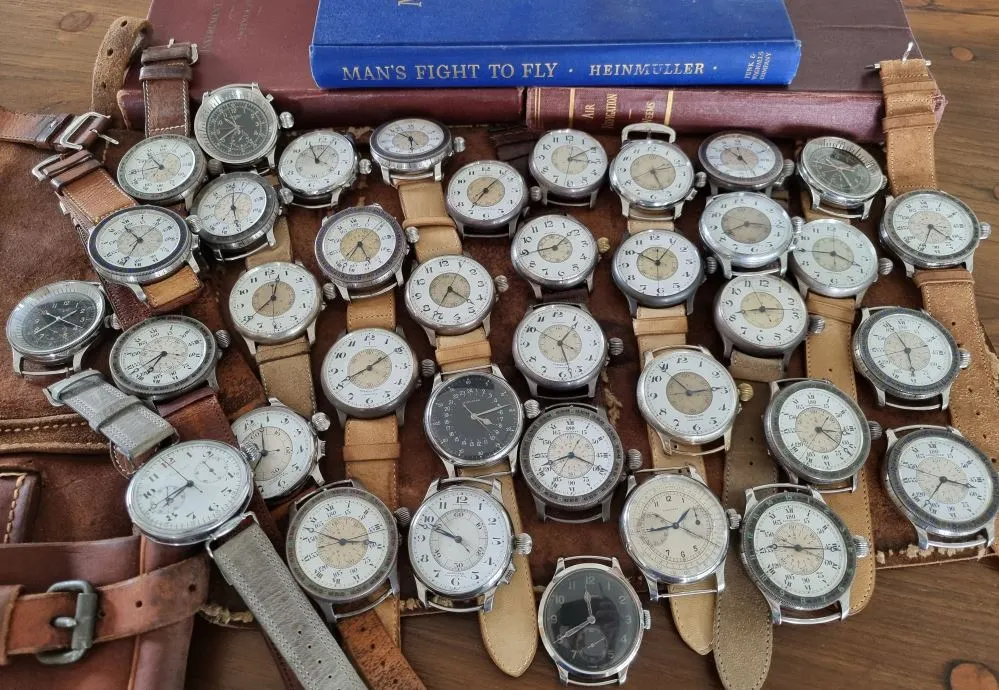
I am yet to find a watch that has a serial number with just two characters, something like 5,000,000. Surely, when numbering such a case, the individual doing so must have thought that piece or case was just that little bit more special. Whilst pieces with these numbered milestones must and do exist, who has or has seen one? All of us have a lucky number or two.
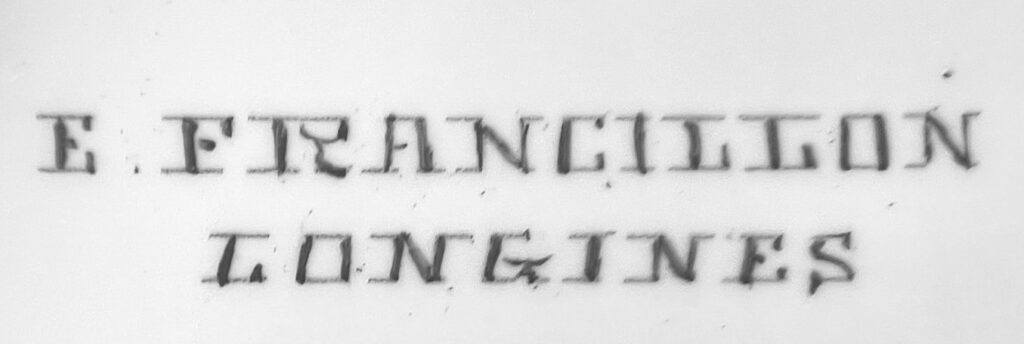
Discoveries of this kind are what hooks collectors. There are certain rarities and peculiarities that happen within all collectable categories. Many a car, stamp, coin, rug, or watch collector understands and knows the joy of finding something rare, unique, and truly special. A one off happening of sorts that chance and words cannot describe, however, one that almost all normal people can equate to or grasp when such a scenario is explained to them.
A stamp enthusiast might seek a stamp with a misspelled or upside-down word, or one with incomplete printing. For a watch collector, finding the maker’s first known or other unique piece, discovering a watch owned by someone special (aren’t we all?), or attached to a remarkable event or happening sets the heart racing. This joy may also stem from finding watches delivered as part of the very same order, the same batch, the same day, or with consecutive serial numbers.
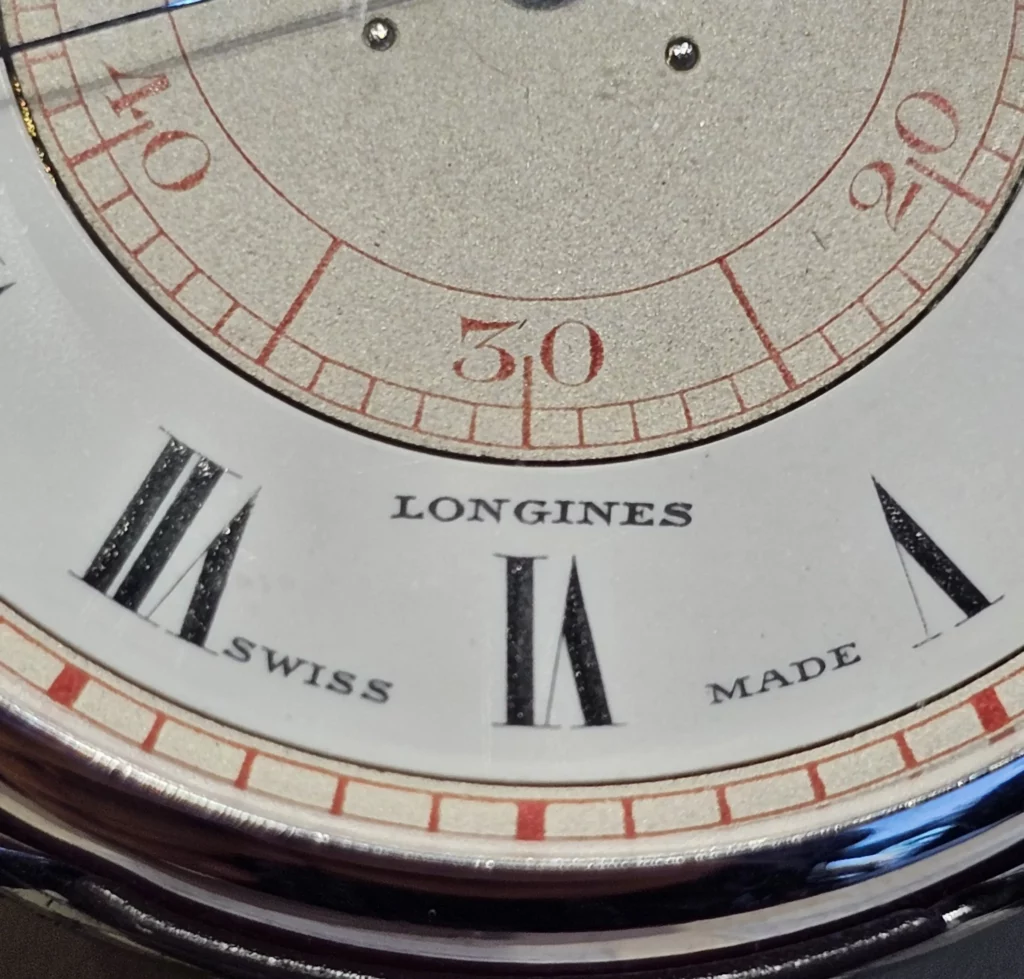
Imagine finding a pair of watches from any maker delivered ninety years ago that have consecutive serial numbers. Such an event is truly extraordinary when one is talking about a production of five million or more watches and the passing of multiple decades. How would one top that? Well, by discovering the whereabouts of a group of four magical, historically important Longines prototypes – all unique watch survivors in the space of just a five serial number manufacturing block from 90 years ago.
Incredibly, such a thing exists with four remarkable and unique Longines aviation instruments. They are numbered from 5167802 – 5167806. The missing example 5167803 is a Weems pilot watch delivered to the Polish agent Zipper and remains at large. This batch all use the famous Longines 18.69N, pocket watch caliber with the “N” notation standing for nouveau or new execution.
The known survivors of this group of pilot watch instruments came to life at a time when Alfred Pfister, one of Longines and the Swiss horological industry’s most influential and talented technical directors presided over what was the most important chapter in aviation and the St Imier maker’s history.
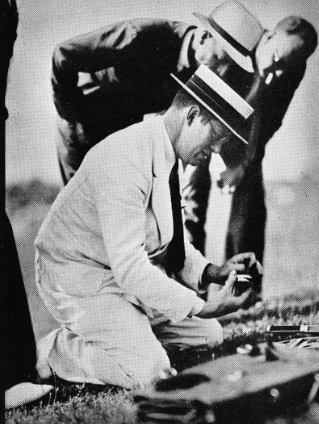
In 1912, leapfrogging the family connections of others Pfister was appointed to the role of Longines Technical Director. Extraordinarily talented, by 1927, he became Longines Managing Director and ran the two roles simultaneously.
The St Imier maker enjoyed an unrivalled zenith, winning more precision timing awards than all other manufacturers. The technical director created specialist sports timing chronographs featuring the 13.33Z and 13ZN calibers. He also oversaw the evolution of the second setting and hour angle wristwatches along with specialist chronometers, and dashboard instruments that were used in aviation and exploration timing.
Pfister and the Longines technical department worked with both Philip Van Horn Weems, the man considered the grandfather of today’s GPS system, and aviation’s greatest playmaker, John Heinmuller. They were responsible for crafting Longines multi-decade dominance as the key supplier of specialist aviation instruments to aviation’s greatest names.
The latter would later become VP and President of Wittnauer, the American agent for Longines. He sponsored flights, supplied technical equipment, shared relationships and was a personal friend with many of aviation’s golden year heroes and heroines. As official timer of the Federation Aeronautique Internationale, Heinmuller timed, brought recognition, tested, and supplied specialist aviation instruments and timepieces to most of history’s seminal flights.
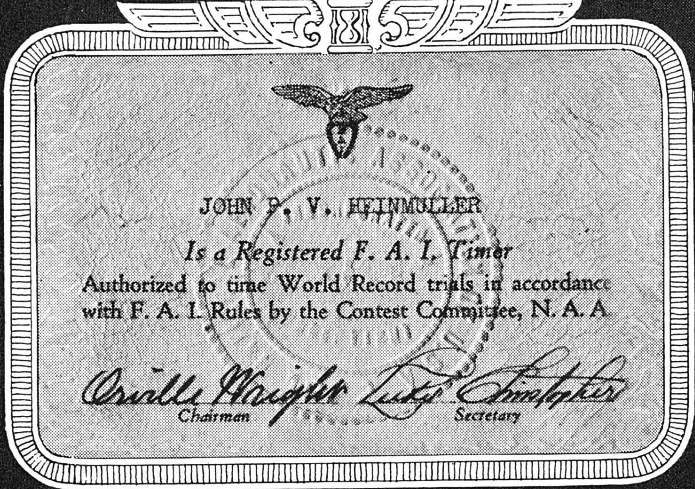
The development of these complex instruments’ points to the remarkable prowess of Longines and Pfister’s technical department during the 1930’s. The first of these instruments in descending order is a unique hacking pre-series ref 5893 Weems nickel chromed aviator prototype watch with serial #5167806.
The experimental creation never went into production and featured a 47mm case with roman marker enamel dial with two metal rotating chapters. Whilst the watch was finished in 1932, it is noted as a scientific timepiece in a May 1939 Longines invoice. The case is marked number two on the inside and the red inner chapter ring is only used in the other prototype. The calibration lines in black are used on later Weems inner chapter rings.
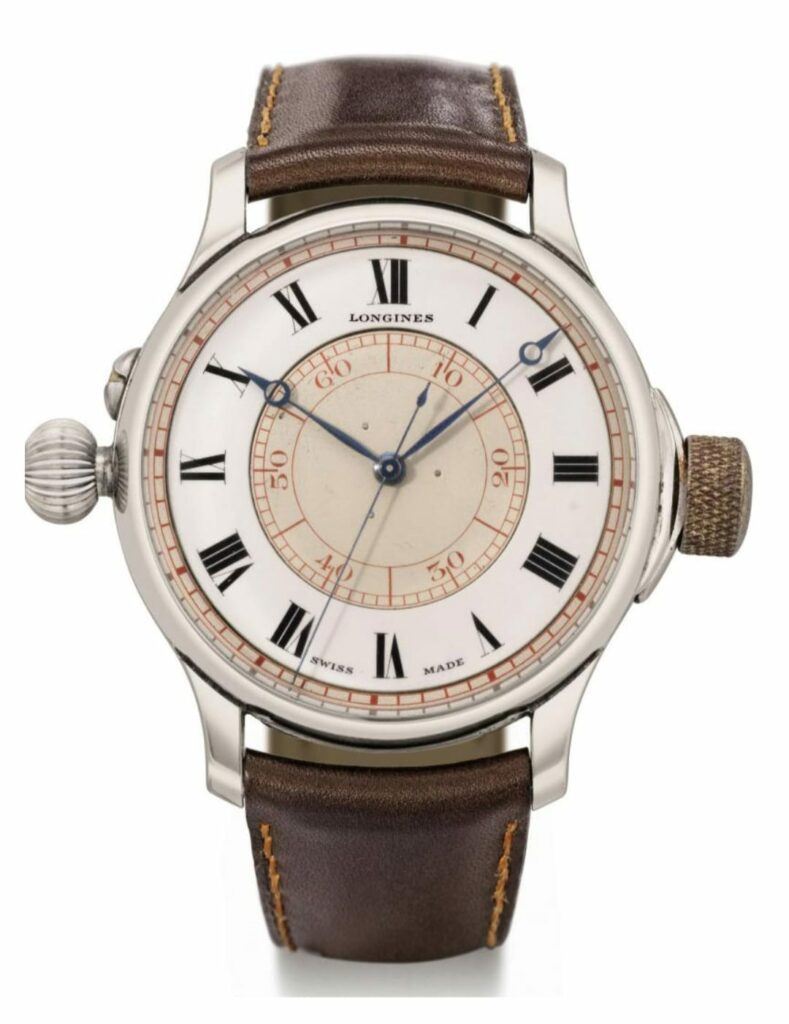
The Longines name and the serial number are clearly marked on the movement but other details including – fifteen jewels, unadjusted, Swiss, LXW Watch Co appear to be missing.
However, these notations are finely engraved on the movement with a needle as if the watch is still waiting to be finished. There is no sales record for the piece and in the archives note Musée.
The watch somehow appeared at Christies Auction in Geneva in November 2010, where it sold for 31,250CHF. It now lies with one of the biggest dealers in the world and enjoys a six-figure price tag.
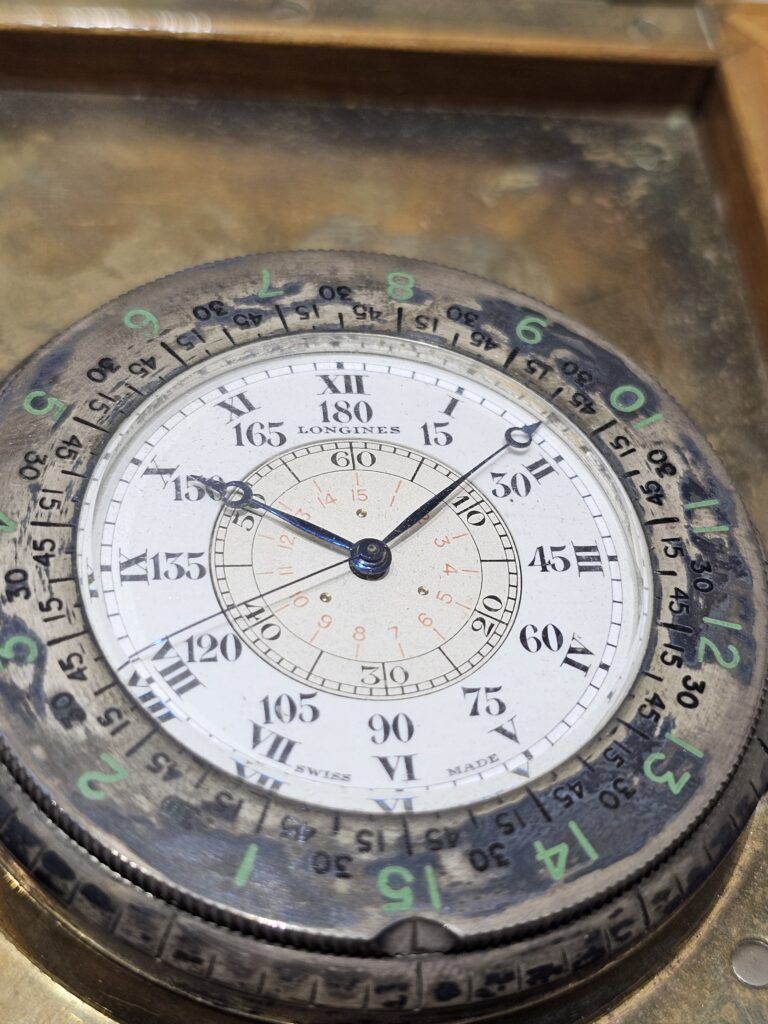
Two of the other pieces in the lineup are also noted as scientific timepieces within the archives and remain in the museum. The first of these, reference 5888, is a unique all silver 50mm desk mounted oversized specialist Lindbergh type clock – with an oversized silver bezel featuring unit of arc calibrations that enable the calculation of the Hour-angle.

The piece in a walnut wooden case was fittingly gifted to Alfred Pfister, the St Imier technical director who was one of the key architects and directly responsible for bringing the Longines hour-angle watch to fruition.
This incredible, magnificent and unique example of horological history now lies as a centre piece on display in the aviation themed section of the Longines Museum in St Imier. The pin set 15 jewel 18.69N pocket watch caliber movement with serial 5167805 was also produced in 1932 and works like the day it was created.
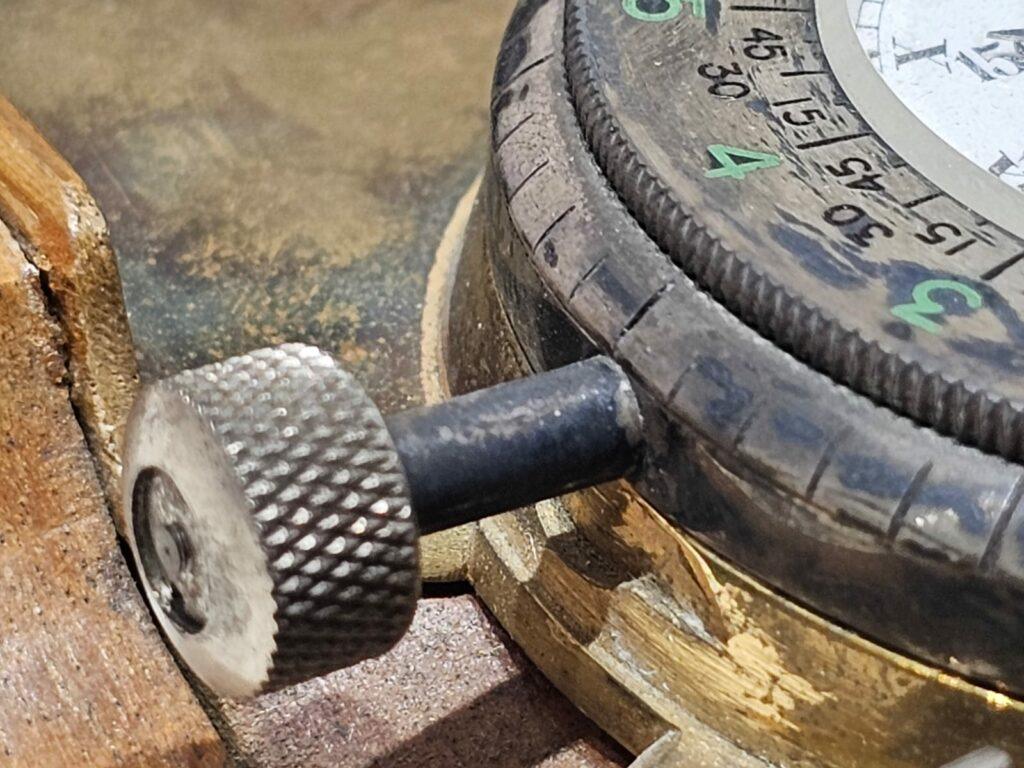
The black single colour printed Flückiger et fils grand feu white enamel dial mirrors the first-generation wristwatch version of the watch with two exceptions – its size and the use and placement of the words Swiss Made which are widely spaced at six o’clock.
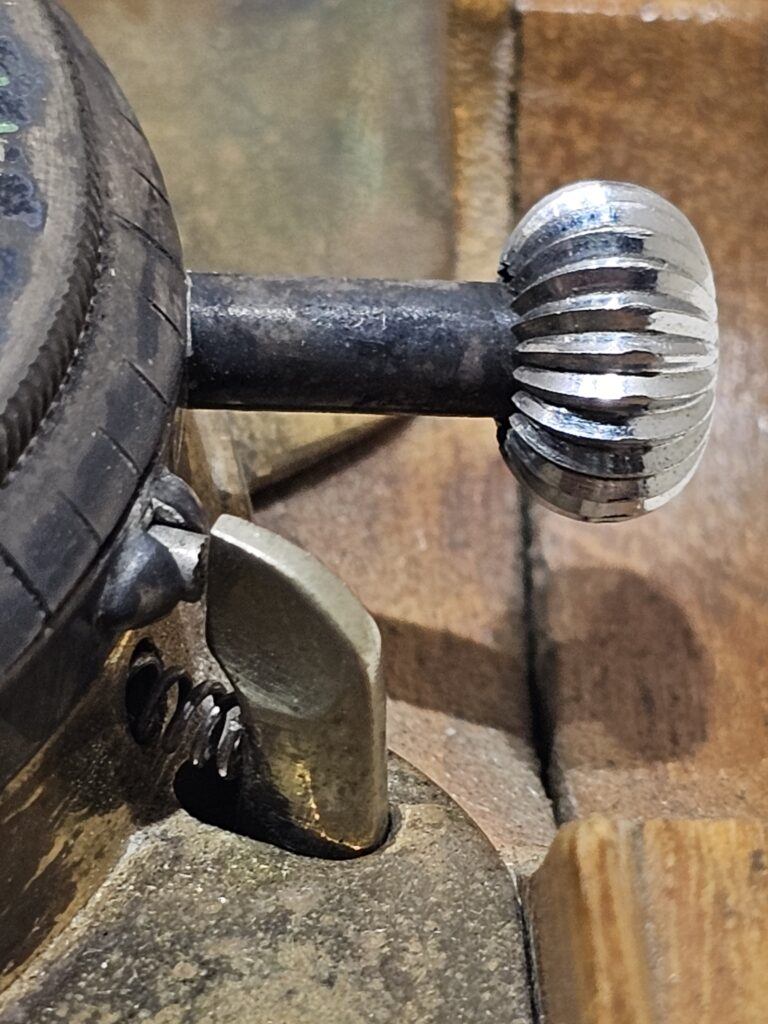
The spectacular Hour-angle clock has a wider more functional silver bezel with the unit of arc calibrations clearly marked. The hour divisions are in green enamel whilst the subdivisions are in black. Like the pin set mechanisms of wristwatch versions of the hour-angle the oversized onion crown enables the inner chapter to be turned. However, the time is set with the onion crown when the lever below the onion crown is depressed simultaneously.
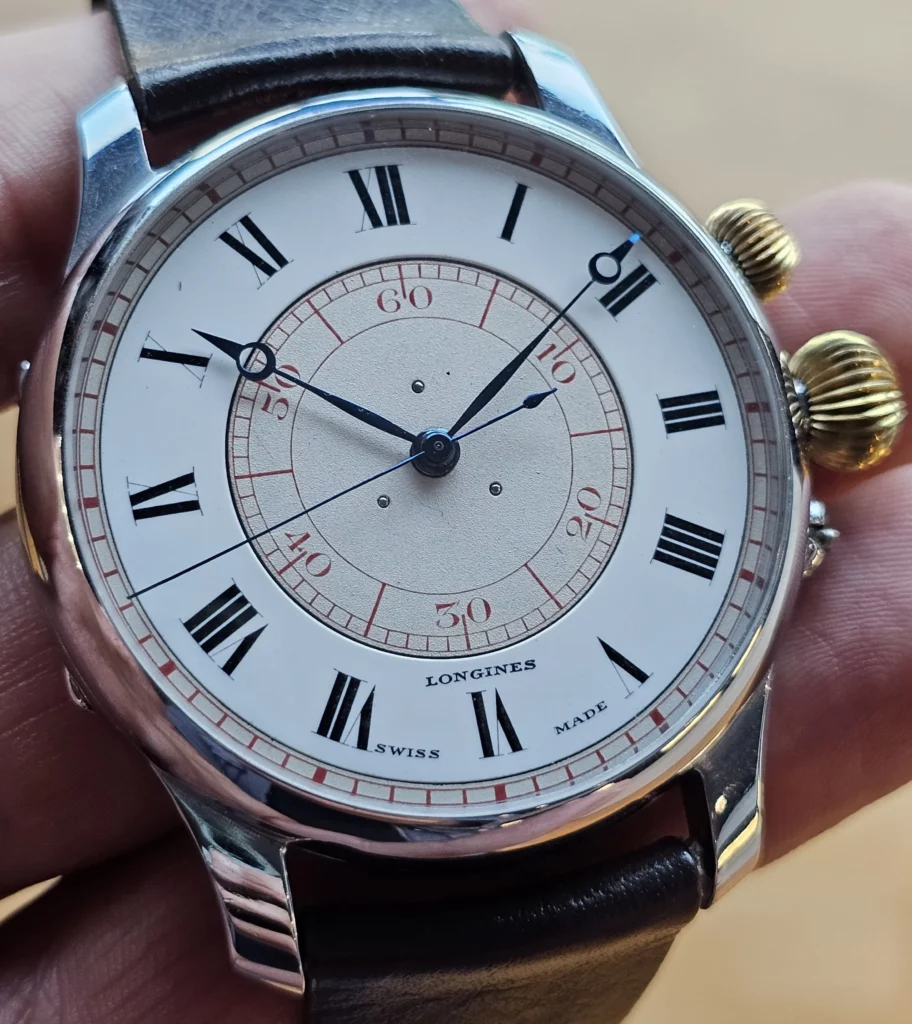
The other museum piece also bears the serial number 5167804. It is a 47mm chrome cased Weems prototype with dual crowns on the right-hand side of the case and the pin-set pocket watch function that engages the time and an inner rotating dial. The additional crown at two moves the small red scaled outer chapter ring. The inner case features the number two on the inside back and a roman character grand feu enamel dial with two rotating metal chapters that share the similar qualities with the other pre prototype Weems.
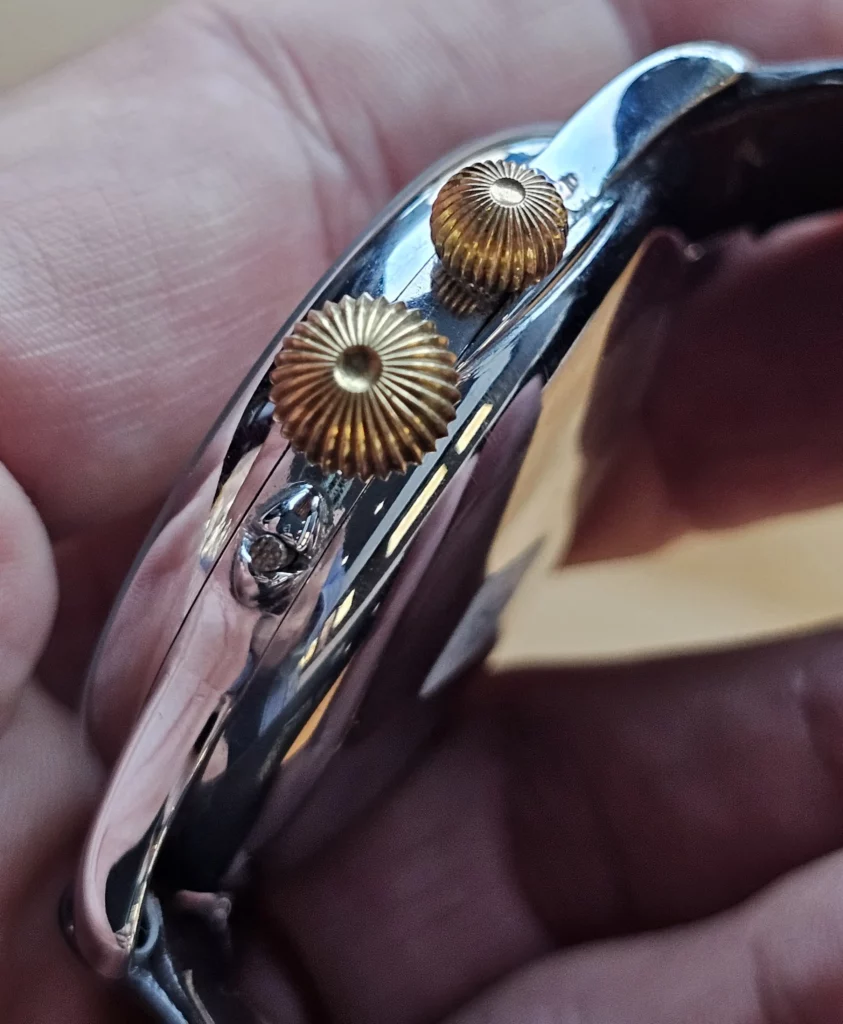
The only exception being the placement of the Longines text which was moved to the 6 o’clock position. The twenty-five-millimeter unique red inner turning chapter is used only on Weems creation 5167806 and 5167804. The scale numbers are divided by the calibration line and it is different to those that preceded and followed it.
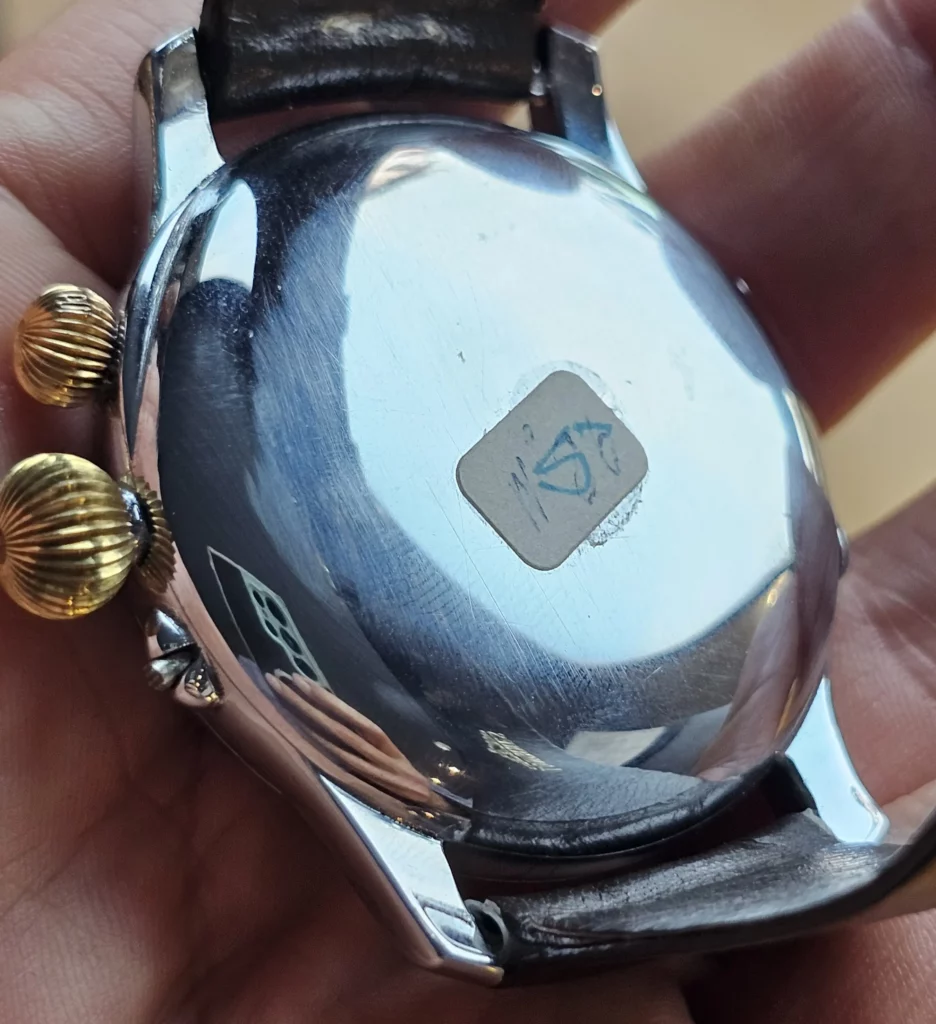
The last of the magical four and the earliest serial numbered piece is 5167802, noted in the Longines archives as a Weems watch ordered by Admiral Byrd for his Second Antarctic Expedition that ran from 1933-1935. The maker’s records also note a letter from Byrd concerning his order on the 18th of July 1933 and a response to him.

This letter is unfortunately missing because of the 90-year timeframe involved. The solid silver oversized, 47mm ref 2106 pin-set Second-setting watch was supplied to Wittnauer on the 29th of August 1933. The watch was most likely made in October 1932 when Longines archives first note introduction of the single red star as a dial notation to indicate regulation for star or sidereal time. The extra regulation requirements ordered by Byrd might have been undertaken in the months preceding delivery.

Heralding from the Latin word Sidus which meant star, the watch calculated star or sidereal rather than civil time. The difference of just under four minutes each day is compensated by the watch being regulated 3min 56.4 seconds fast each day. Given the inability of a compass to function properly at the South Pole, using the stars to navigate was a critical and essential requirement.

Longines was the very first company to make a wristwatch regulated for sidereal time and Byrd’s piece was one of the very first examples. The extra regulation for Byrd’s Weems is noted in Longines archives and to date, it is the only known surviving example discovered with a dial featuring the single red star.
The watch used an 18.69N “extra quality” signed movement regulated for isochronism to ensure the constant frequency of the balance necessary for the extremes of the South Pole and super accurate timekeeping. This was clearly noted in the archives as being requested and undertaken for Byrd.
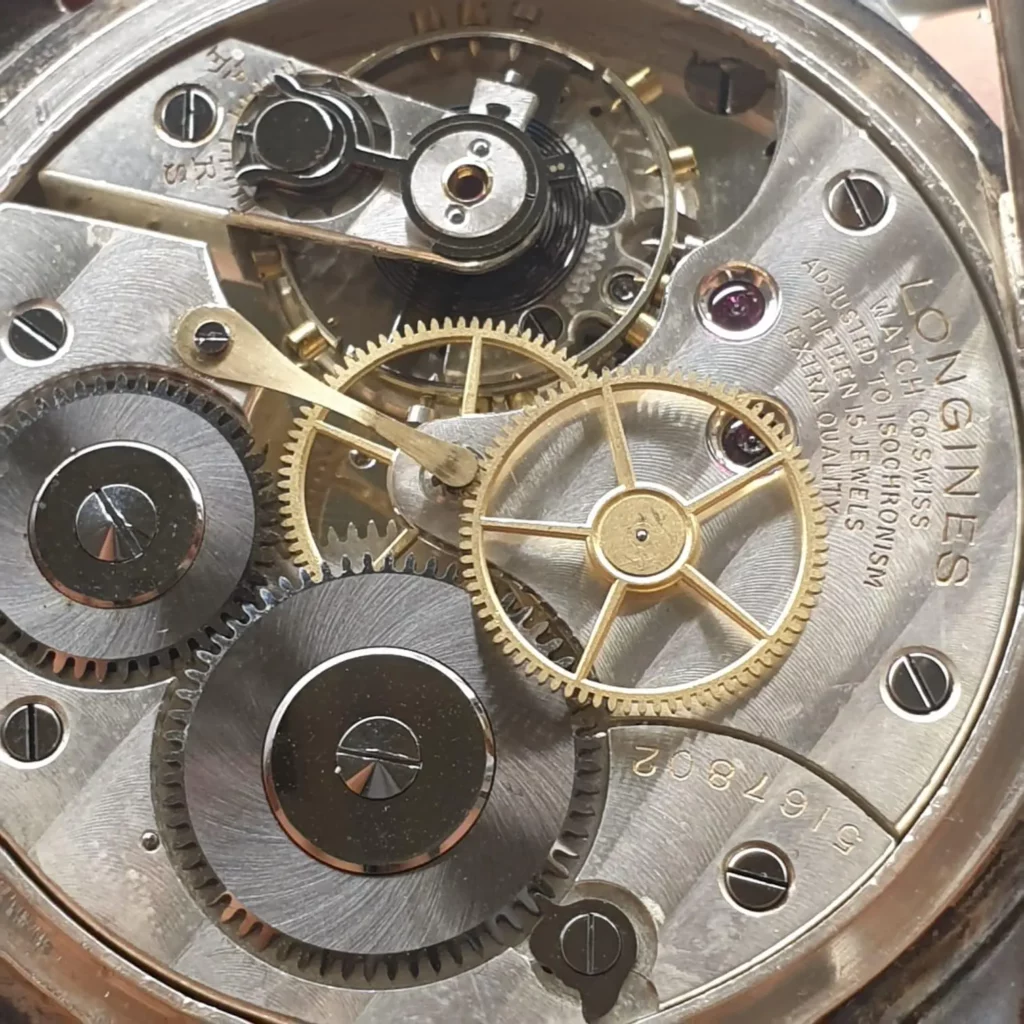
Miraculously, ninety plus years on the watch is accompanied by the unique, original and remarkable eight-page typescript fight log from Byrd’s mission that details all 169 flight hours of his Second Antarctic mission. This document details the pilots, plane used and purpose of each flight, along with their GPS coordinates, time, date, and duration.
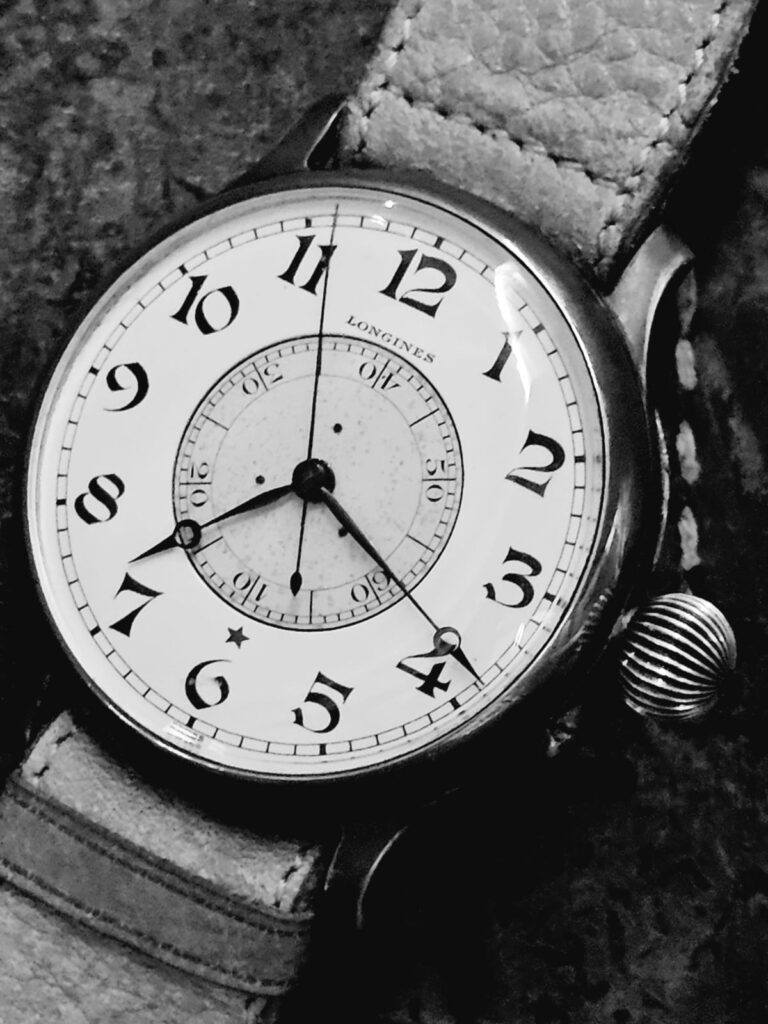
This incredible group of 90-year prototype specialist aviation and scientific instrument creations have a serial number range like no other pieces in known horological history from any manufacturer. They came at a time when Longines innovation and precision timing was at a zenith under the stewardship of Longines technical master and managing director Alfred Pfister.
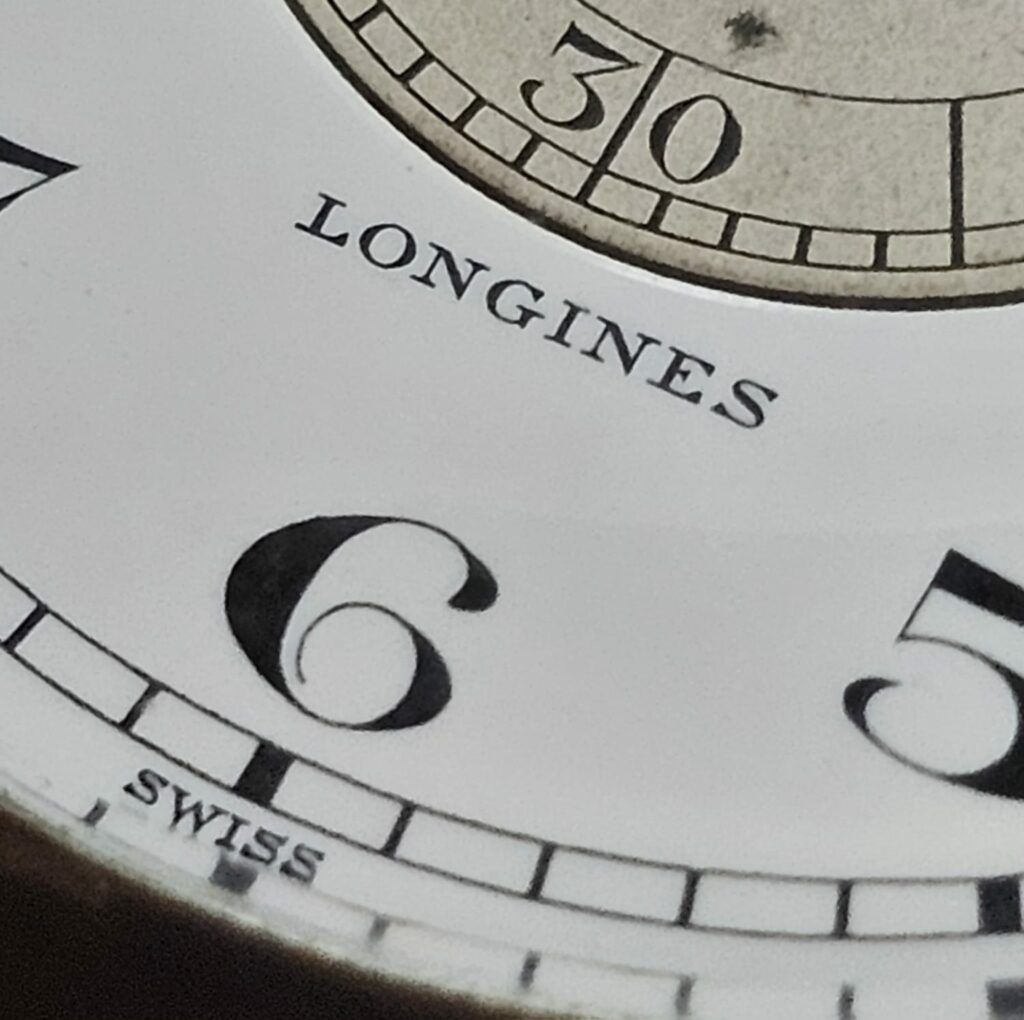
What is missing from this remarkable group of aviation watches to make a Longines Royal Flush is a Weems piece with serial 5167803 supplied to the Polish agent Zipper in the 1930’s. Given the catastrophic events that followed in Poland’s history a few short years later, it may well have been lost forever, lie unknown in the hands of a collector, or perhaps it still awaits discovery.
Who knows where this ripper Zipper Weems Flightbird flies or lies? A collector’s reward awaits its discovery.

Hi Andy,
Excellent article, who hasn’t been bitten by the collecting bug at one time or another. I love what you have done with this site. You offer details and insights that are not available anywhere else.
Keep up the good work
Greetings Alex… many thanks for the feedback mate. Like life it is a work in progress. Andy 😉